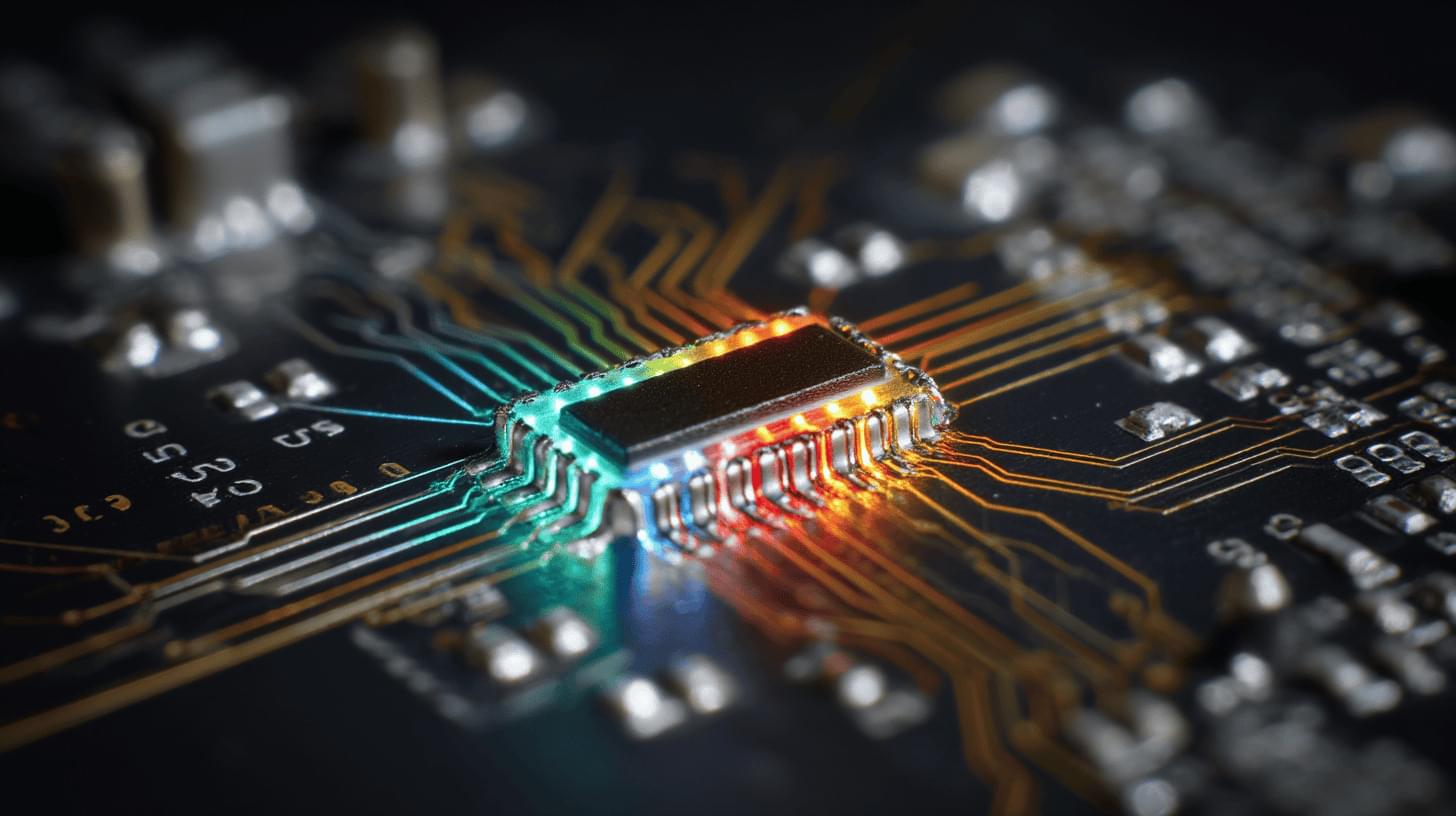Send contracts that move money with better e-signature, smarter invoicing, and faster payment processing; powered by AI.
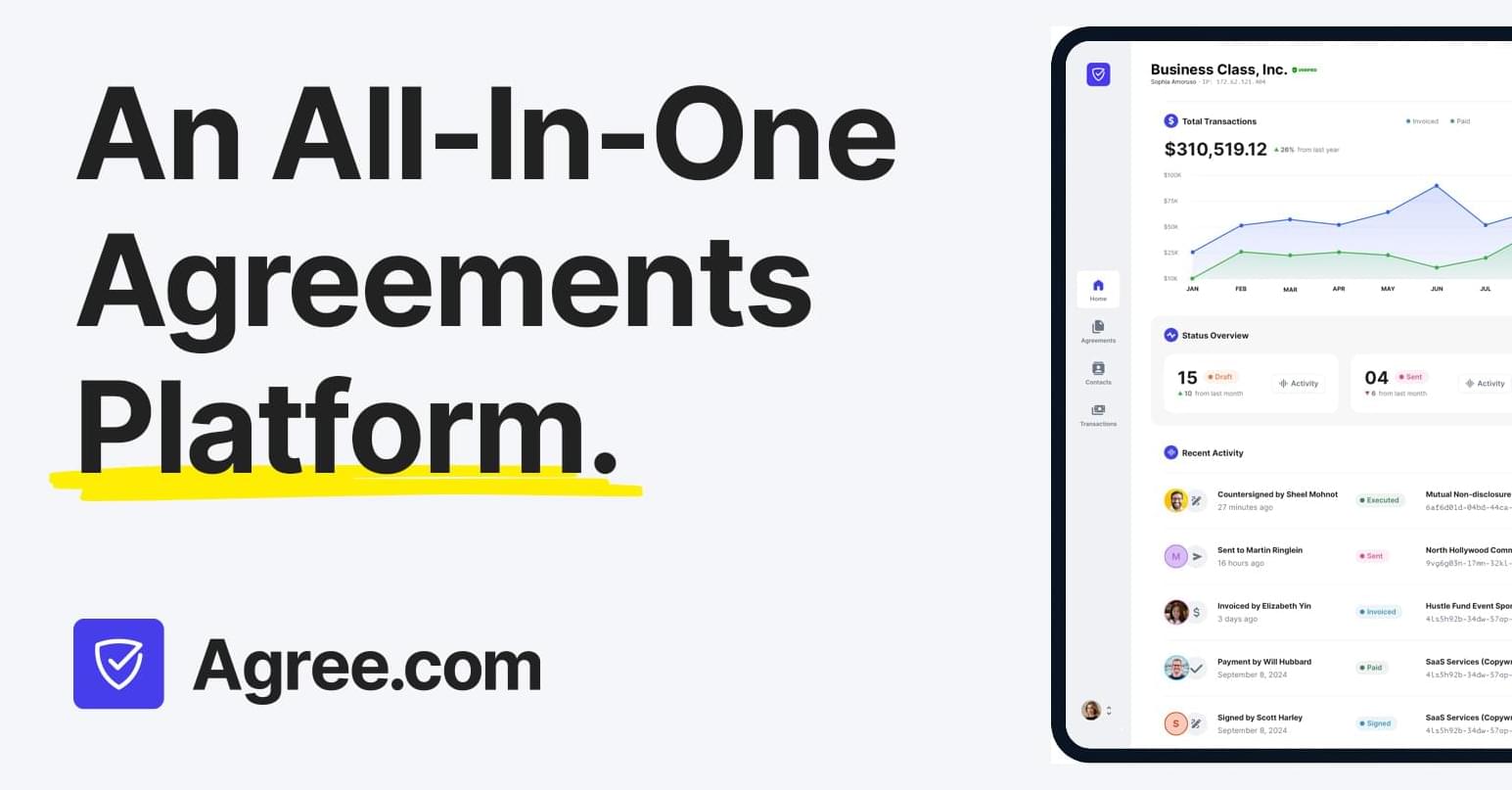


Investors hoping to back former OpenAI chief technology officer Mira Murati’s buzzy new AI startup are being asked to commit a minimum of $50 million, according to two sources with knowledge of the deal. Murati is raising around $2 billion of capital at a $10 billion valuation for Thinking Machines Lab, BI previously reported.
Multiple sources say the mega-round, led by Andreessen Horowitz, is nearing the final stages of fundraising.
A spokesperson for Thinking Machines Lab declined to comment. A spokesperson for A16z did not respond to a request for comment. The round is not finalized, and the details could change. The financing would almost certainly rank as one of the largest seed rounds in history, which typically range in the low to mid-single digits.
A $50 million check size is beyond the scope of most traditional seed investors because it would represent a substantial percentage, if not their entire fund.
The minimum requirement and rich valuation reflect feverish investor enthusiasm for generative AI and the reality that there are a very limited number of technical founders with Murati’s expertise and the team she has assembled. It’s also enormously expensive to train AI models and recruit and retain top talent.
Murati spent over six years at OpenAI, where she worked on the development of ChatGPT and other AI research initiatives. She was briefly appointed interim CEO in November 2023 after OpenAI’s board abruptly fired Sam Altman, a move that sparked turmoil within the company. After Altman’s reinstatement as CEO, Murati resumed her role as CTO.
It has been a widely discussed mystery what exactly Thinking Machines will do to distinguish itself in a crowded and well-funded field that includes not only OpenAI but also Anthropic, Elon Musk’s xAI, and Google’s Gemini.
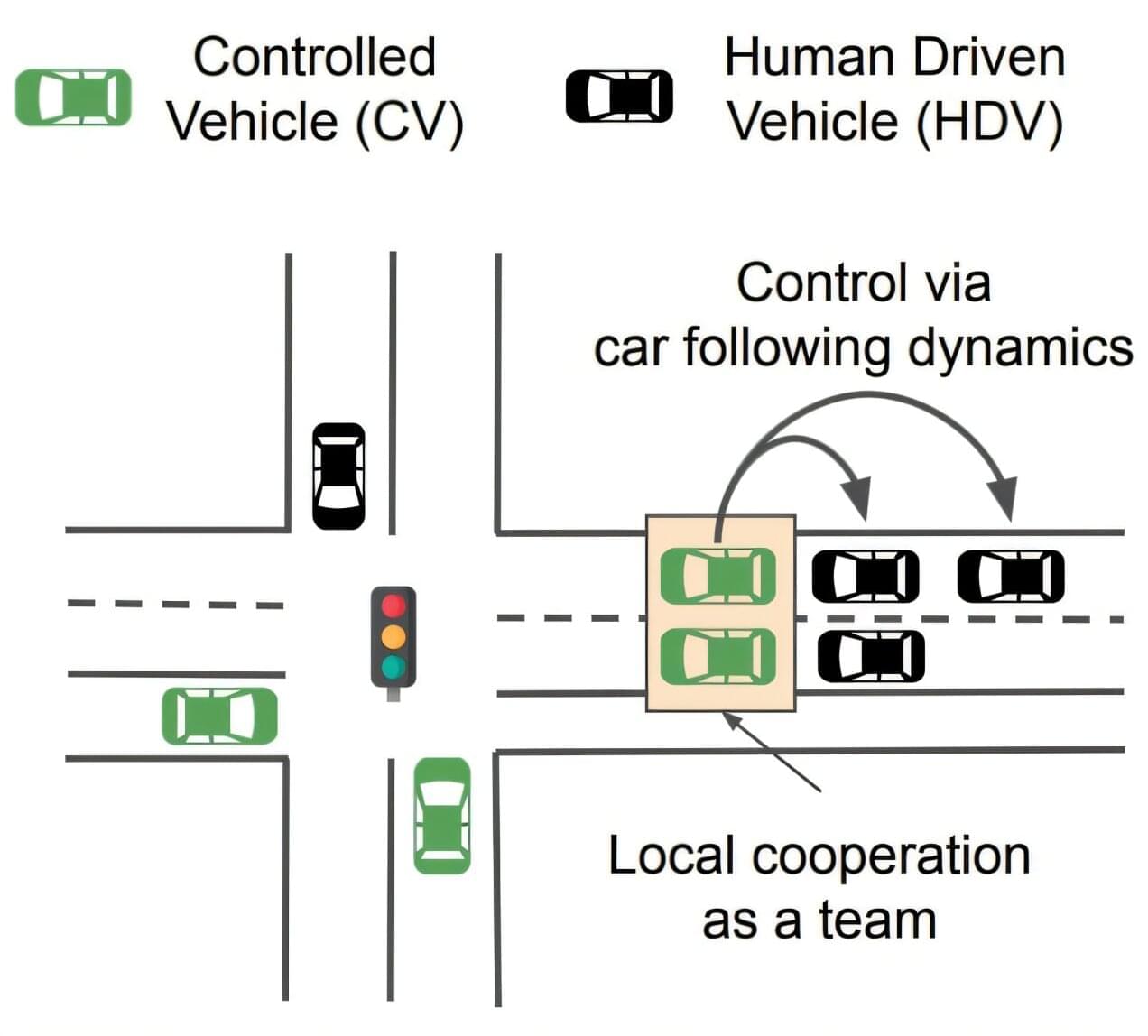
If there’s one thing that characterizes driving in any major city, it’s the constant stop-and-go as traffic lights change and as cars and trucks merge and separate and turn and park. This constant stopping and starting is extremely inefficient, driving up the amount of pollution, including greenhouse gases, that gets emitted per mile of driving.
One approach to counter this is known as eco-driving, which can be installed as a control system in autonomous vehicles to improve their efficiency.
How much of a difference could that make? Would the impact of such systems in reducing emissions be worth the investment in the technology? Addressing such questions is one of a broad category of optimization problems that have been difficult for researchers to address, and it has been difficult to test the solutions they come up with. These are problems that involve many different agents, such as the many different kinds of vehicles in a city, and different factors that influence their emissions, including speed, weather, road conditions, and traffic light timing.

Figure AI, the robotics company aiming to build the first commercially viable humanoid worker, recently announced it secured a staggering $675 million in funding from some of the biggest names in tech and venture capital, including Jeff Bezos, Microsoft (NASDAQ:MSFT), Nvidia (NASDAQ:NVDA), OpenAI, and Intel (NASDAQ:INTC). Now valued at $2.6 billion, the San Jose, California-based startup is in talks with United Parcel Service (NYSE:UPS) to integrate its humanoid robots into the global shipping g
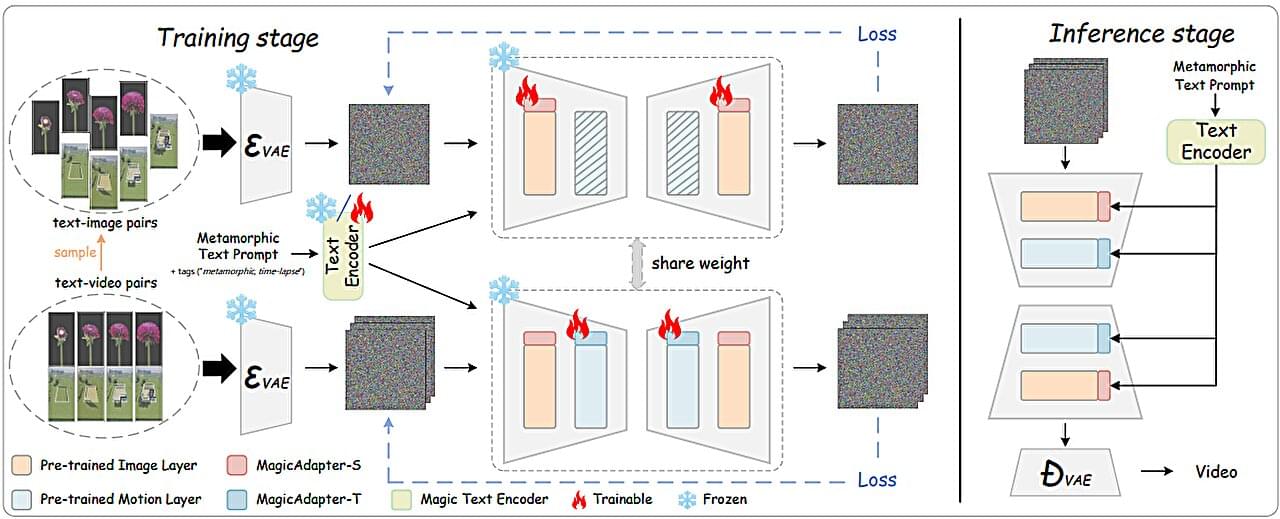
While text-to-video artificial intelligence models like OpenAI’s Sora are rapidly metamorphosing in front of our eyes, they have struggled to produce metamorphic videos. Simulating a tree sprouting or a flower blooming is harder for AI systems than generating other types of videos because it requires the knowledge of the physical world and can vary widely.
But now, these models have taken an evolutionary step.
Computer scientists at the University of Rochester, Peking University, University of California, Santa Cruz, and National University of Singapore developed a new AI text-to-video model that learns real-world physics knowledge from time-lapse videos. The team outlines their model, MagicTime, in a paper published in IEEE Transactions on Pattern Analysis and Machine Intelligence.
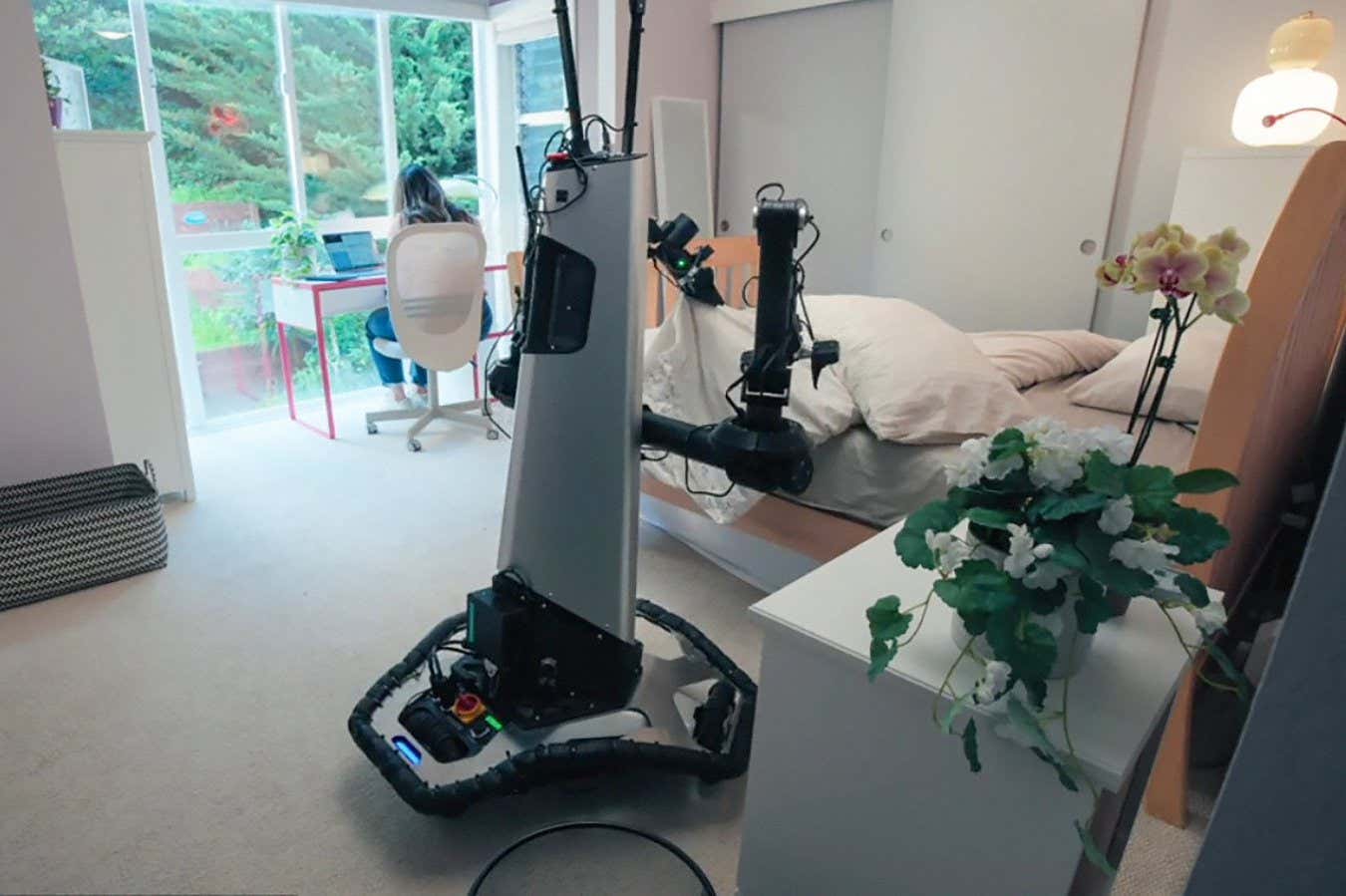

A team of engineers at the University of California San Diego is making it easier for researchers from a broad range of backgrounds to understand how different species are evolutionarily related, and support the transformative biological and medical applications that rely on these species trees. The researchers developed a scalable, automated and user-friendly tool called ROADIES that allows scientists to infer species trees directly from raw genome data, with less reliance on the domain expertise and computational resources currently required.
Species trees are critical to solidifying our understanding of how species evolved on a broad scale, but can also help find functional regions of the genome that could serve as drug targets; link physical traits to genomic changes; predict and respond to zoonotic outbreaks; and even guide conservation efforts.
In a new paper published in the journal Proceedings of the National Academy of Sciences on May 2, the researchers, led by UC San Diego electrical and computer engineering professor Yatish Turakhia, showed that ROADIES infers species trees that are comparable in quality with the state-of-the-art studies, but in a fraction of the time and effort. This paper focused on four diverse life forms— placental mammals, pomace flies, birds and budding yeasts—though ROADIES can be used for any species.

Getting a timely diagnosis of autism spectrum disorder is a major challenge, but new research from York University shows that how young adults—and potentially children—grasp objects could offer a simpler way to diagnose someone on the autism spectrum.
The work is published in the journal Autism Research.
The team, part of an international collaboration, used machine learning to analyze naturalistic hand movements—specifically, finger motions during grasping—in autistic and non-autistic individuals.
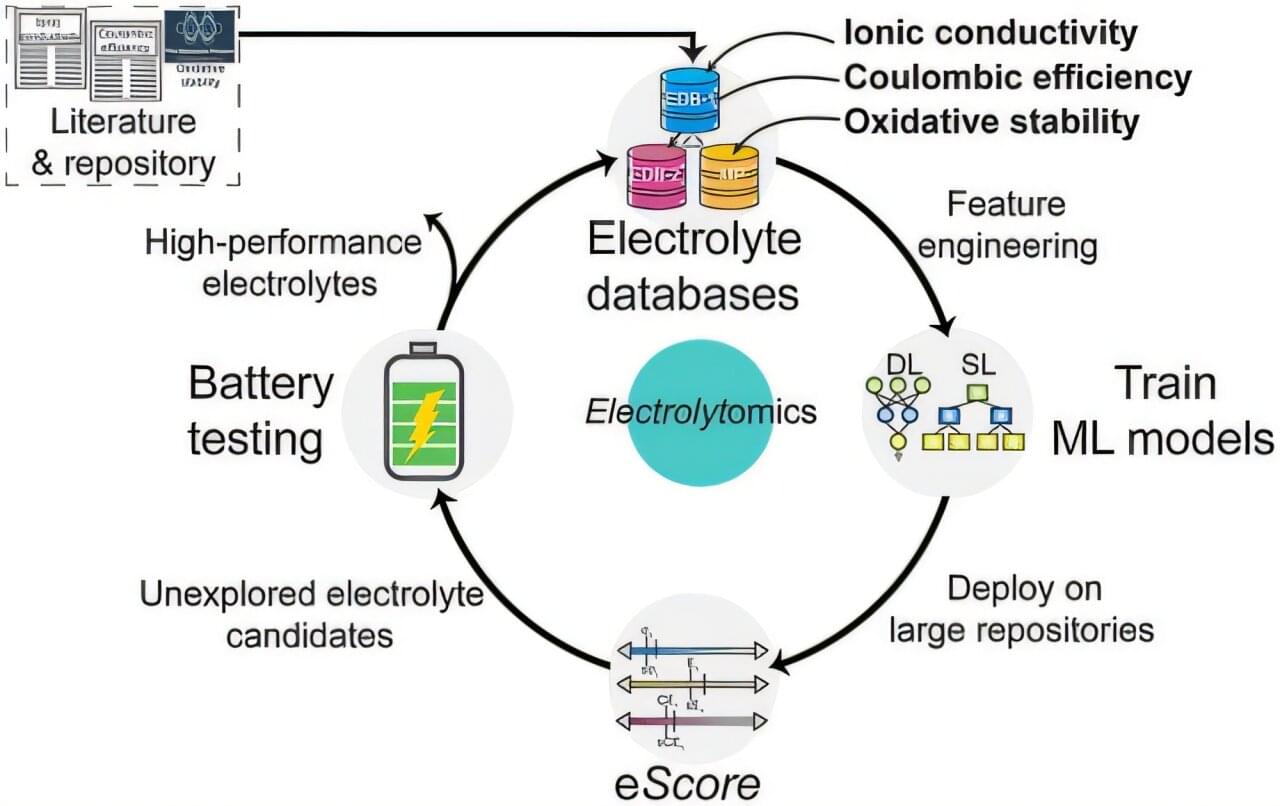
Discovering new, powerful electrolytes is one of the major bottlenecks in designing next-generation batteries for electric vehicles, phones, laptops and grid-scale energy storage.
The most stable electrolytes are not always the most conductive. The most efficient batteries are not always the most stable. And so on.
“The electrodes have to satisfy very different properties at the same time. They always conflict with each other,” said Ritesh Kumar, an Eric and Wendy Schimdt AI in Science Postdoctoral Fellow working in the Amanchukwu Lab at the University of Chicago Pritzker School of Molecular Engineering (UChicago PME).
